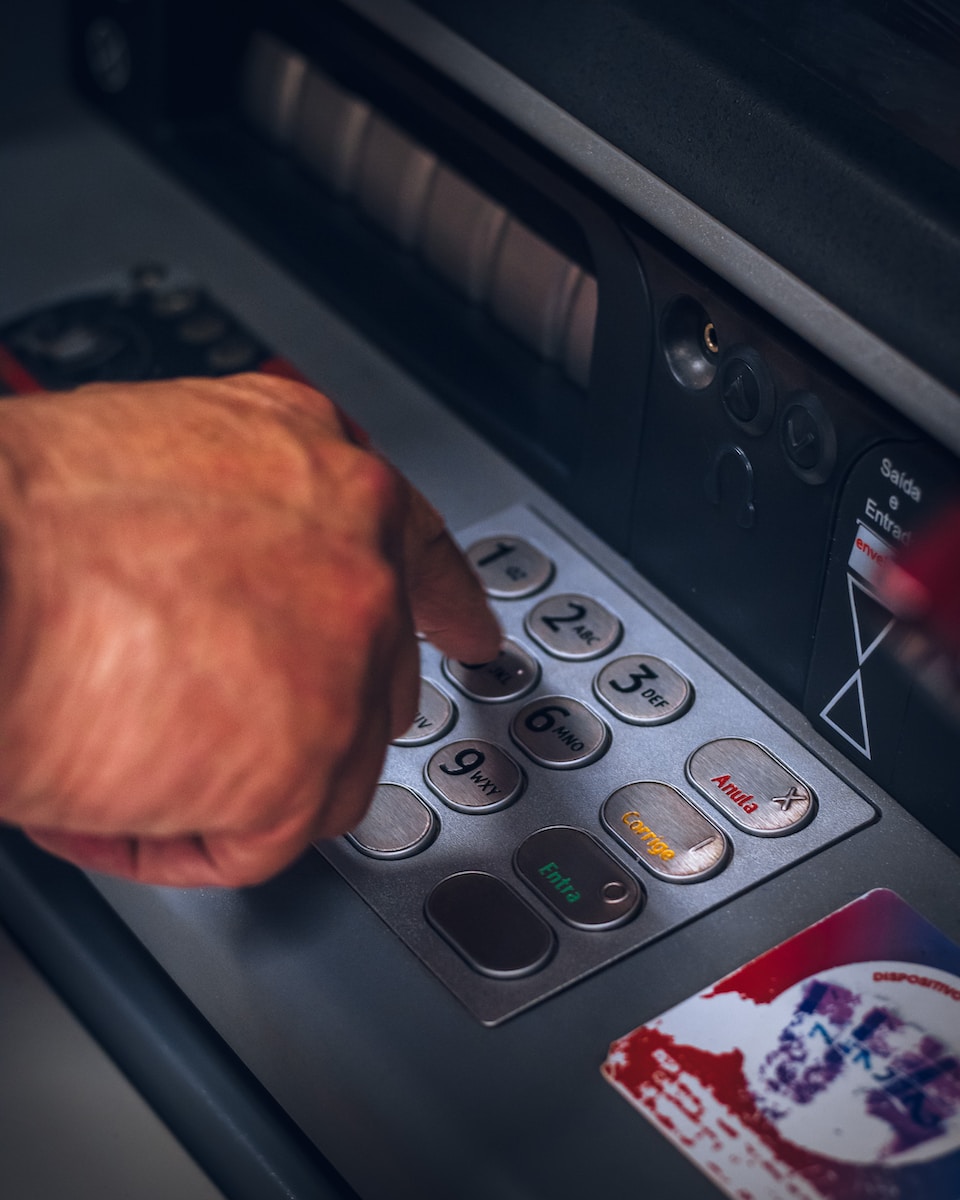Understanding the Basics of Convertible Bonds: A Hybrid Investment Option
Convertible bonds represent a unique investment option that combines the features of both bonds and stocks, hence the term ‘hybrid’. They offer the potential for capital appreciation, similar to stocks, while also providing the safety and income of traditional bonds. This dual nature makes convertible bonds an attractive investment option for many investors, particularly those seeking a balance between risk and reward.
A convertible bond is essentially a type of debt security issued by a corporation. Like any other bond, it pays a fixed interest rate to the bondholder and promises to repay the principal amount at a specified maturity date. However, what sets convertible bonds apart is the option they provide to the bondholder to convert the bond into a predetermined number of the company’s shares at any time before the bond matures. This conversion feature is what gives convertible bonds their equity-like characteristics.
The conversion ratio, which determines the number of shares a bondholder receives upon conversion, is set at the time of issuance and is typically based on the stock’s current market price. If the company’s stock price rises significantly, the bondholder can convert the bond into shares and sell them at a profit. Conversely, if the stock price falls, the bondholder can choose to hold onto the bond and continue receiving interest payments, thereby limiting their downside risk.
The value of a convertible bond is influenced by several factors, including the price of the underlying stock, the bond’s conversion ratio, and prevailing interest rates. When the stock price rises, the value of the convertible bond also increases due to the higher potential profit from conversion. On the other hand, when interest rates rise, the value of the bond tends to decrease because the fixed interest payments become less attractive compared to other investments.
Convertible bonds also offer certain advantages to the issuing company. They typically carry lower interest rates than regular bonds because of the conversion feature, which can be an attractive option for companies looking to raise capital at a lower cost. Additionally, if the bonds are converted into shares, the company’s debt is reduced, improving its balance sheet.
However, like any investment, convertible bonds also come with risks. The main risk is the possibility of the issuing company defaulting on its payments, either the regular interest payments or the repayment of the principal amount at maturity. This risk is higher for companies with weak financial health. Another risk is the potential dilution of existing shareholders’ equity if a large number of bonds are converted into shares.
In conclusion, convertible bonds offer a unique blend of features that can be attractive to both conservative and aggressive investors. They provide the safety and income of bonds, while also offering the potential for capital appreciation like stocks. However, they also come with certain risks, and as such, investors should carefully consider their financial goals and risk tolerance before investing in convertible bonds. By understanding the basics of convertible bonds, investors can make more informed decisions and potentially enhance their investment portfolios.























+ There are no comments
Add yours